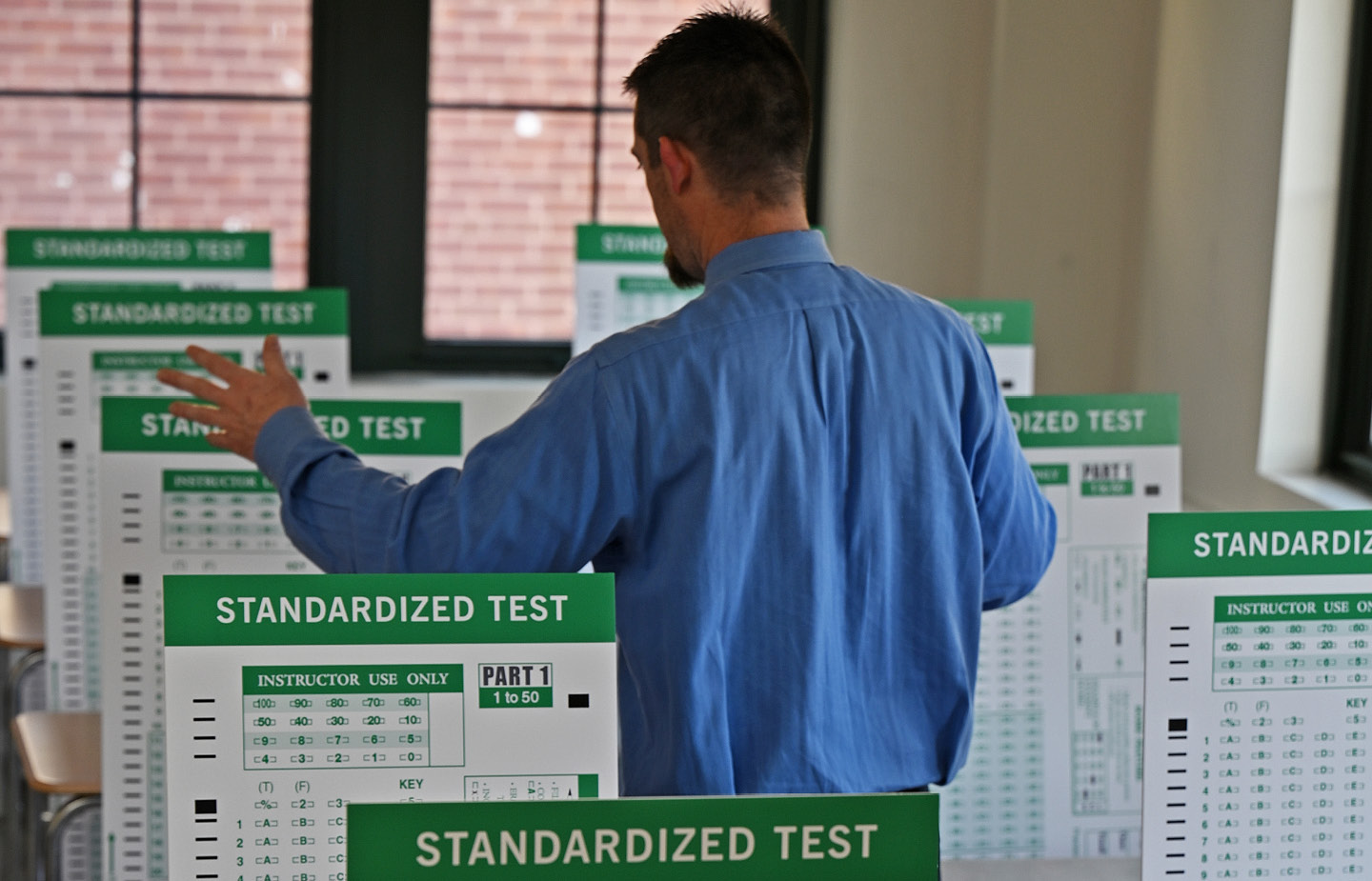The War On Schools
State takeovers. Mass layoffs. Teacher shortages. School closures. As America debates the future of public K-12 education, Professor Daniel Moak provides the historical context to answer the question: How did we get here?
When Daniel Moak was a teenager, the teachers at his public high school in Billings, Montana, went on strike.
“At first, I was sort of elated—no school!” he remembers.
“But then it lasted several weeks. So I started talking to the teachers on the picket line. They were upset with declining wages and cuts to pensions, but also this sense of loss of autonomy they associated with some of the federal policies that were coming from Washington. It was the first time I realized how political the issue of education actually was.”
It was 2002—one year after Congress had passed the No Child Left Behind Act (NCLB), a bipartisan bill based on the premise that setting high standards and establishing measurable goals could improve outcomes in K-12 public education. The bill required all schools receiving federal funding to administer standardized tests to students in certain grades, and provided punitive measures states could enact if schools failed to meet certain targets.
NCLB received widespread support from both Republicans and Democrats, and the measure passed 381-41 in the House of Representatives and 87-10 in the Senate. The legislators’ intentions were good: improve education to close achievement gaps and ensure all students would have the skills they needed to contribute to the workforce.
But as Moak, an assistant professor of government at Connecticut College, explains in his new book, From the New Deal to the War on Schools: Race, Inequality, and the Rise of the Punitive Education State, there was already ample evidence NCLB was destined to fail.
More than two decades later, the future of public education, once a crown jewel of American society, is in peril. Faced with massive teacher shortages, some states are cutting school weeks to four days, eliminating professional requirements and increasing class sizes. Districts failing to meet progress goals are being taken over by state governments, often with detrimental effects. Public funding is being diverted to private entities through charter schools and universal vouchers.
And still, the achievement gap widens.

